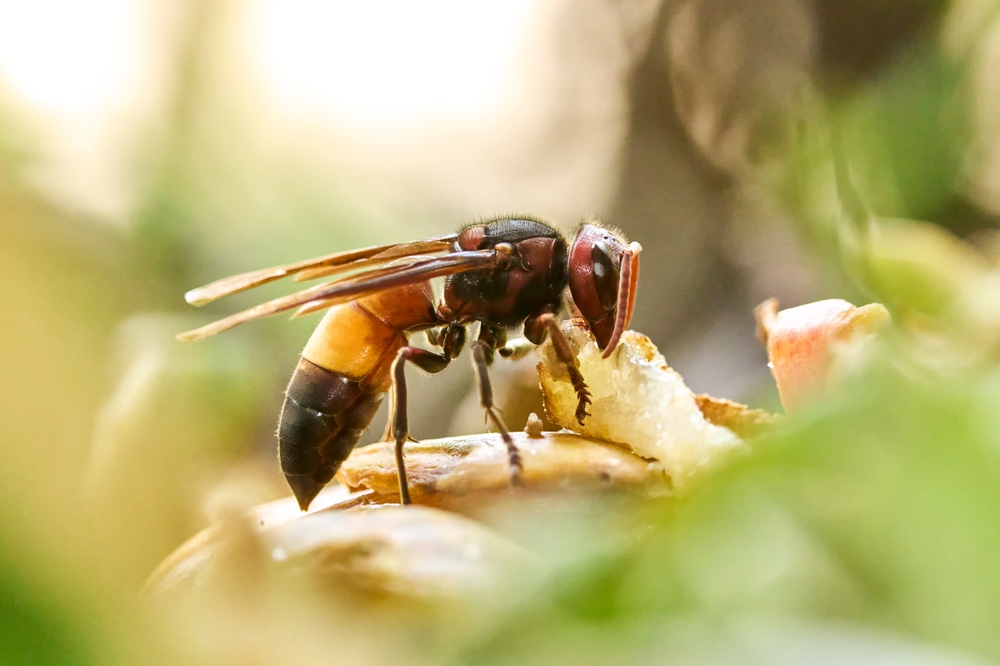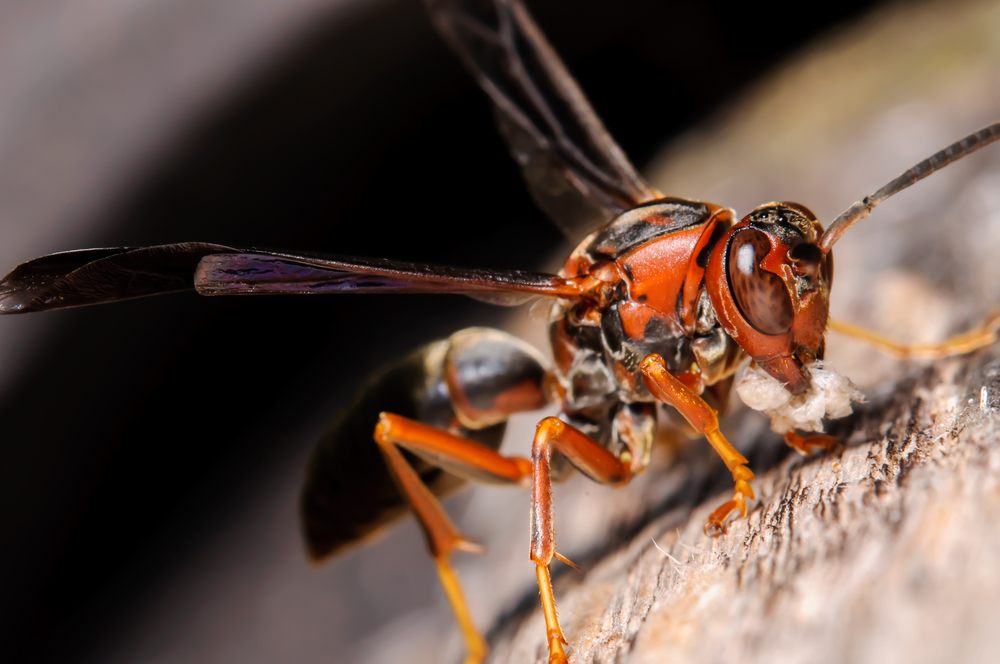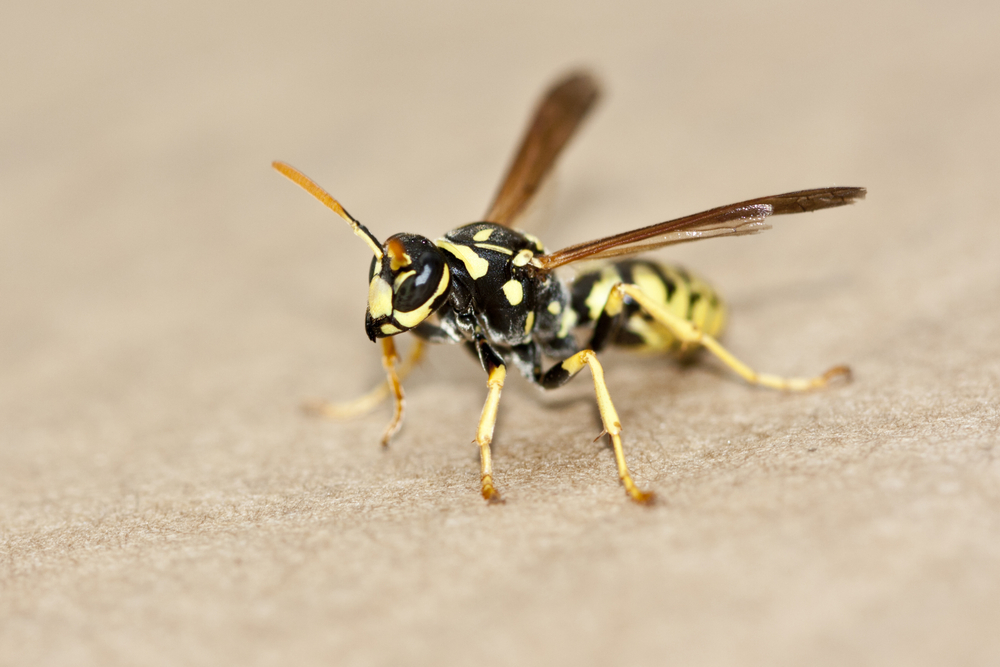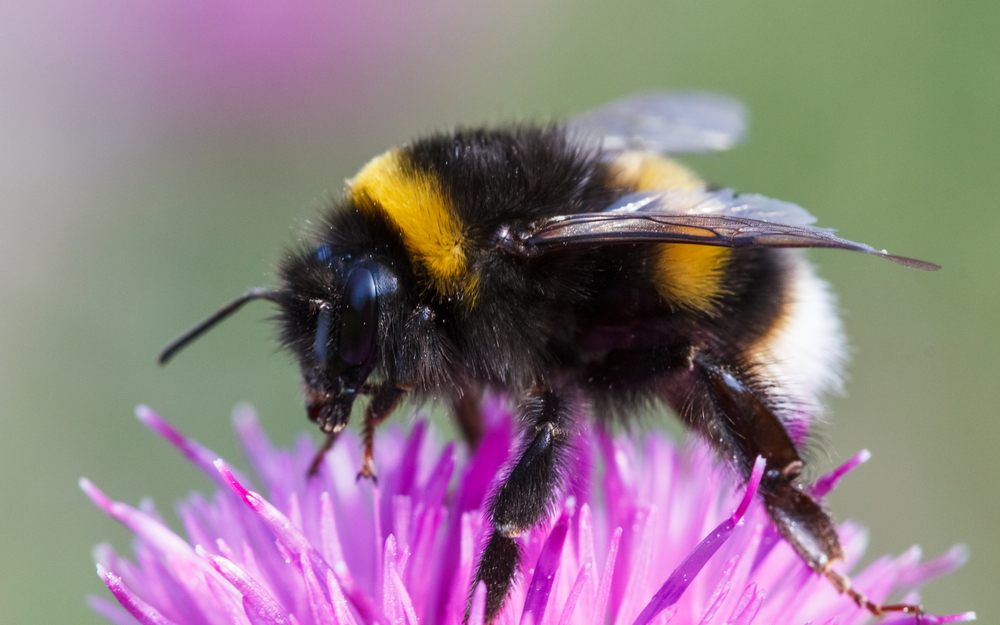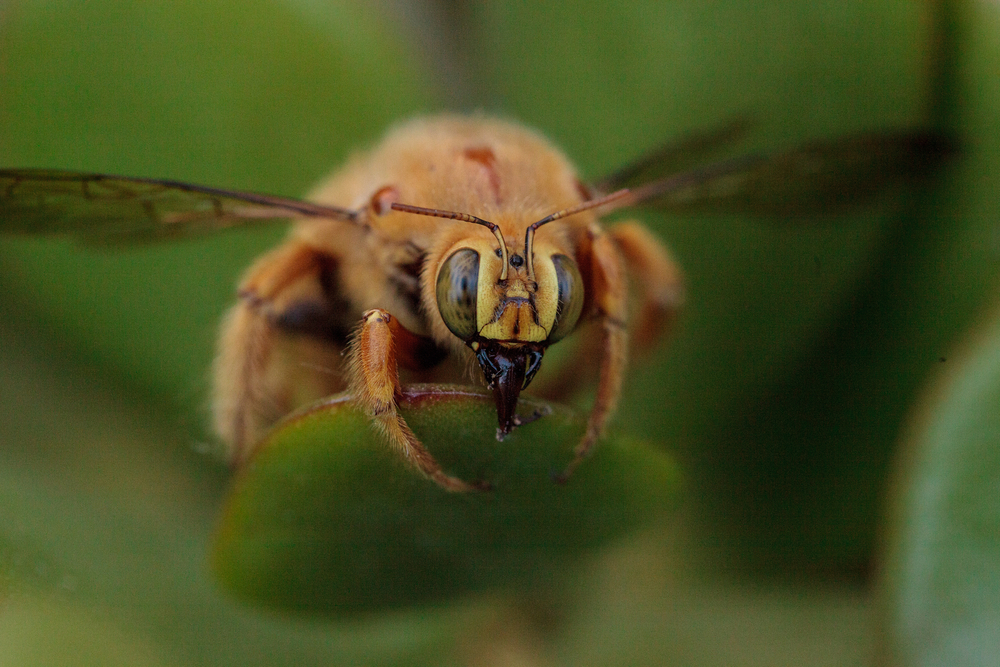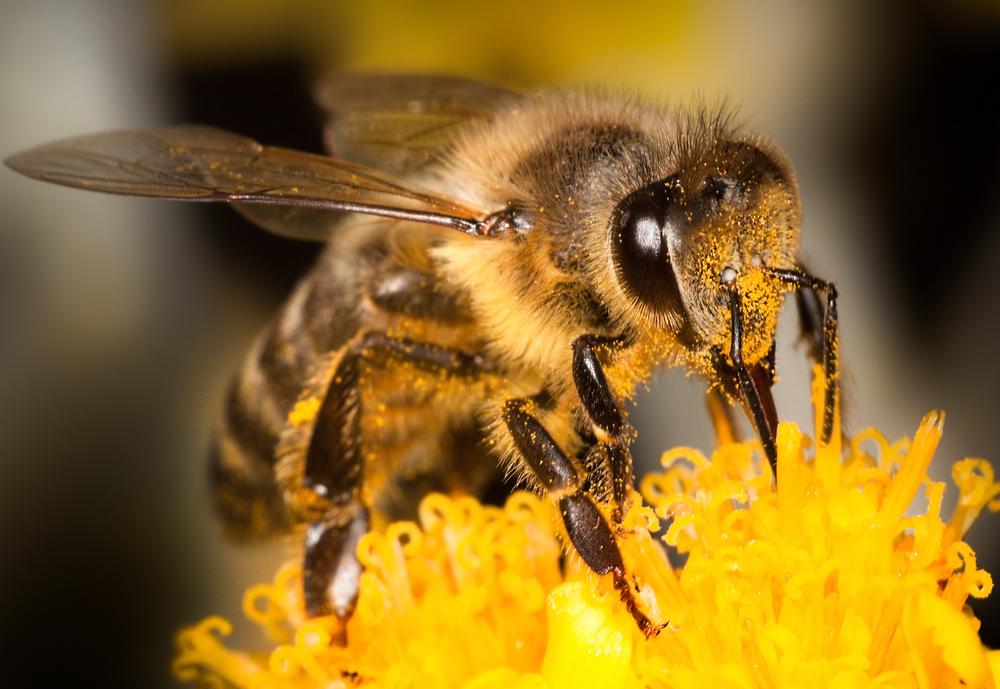The Asian Hornet, also known as the Yellow-Legged Hornet, is a large, agile predator native to Southeast Asia. It has become an invasive species in parts of Europe and poses a significant threat to native bees. Its sleek, dark body and distinctive coloration set it apart from other wasps and hornets.
Coloration and Appearance:
-
Body Color: Mostly velvety dark brown or black with a distinctive orange-yellow band near the tail end of the abdomen.
-
Face and Head: The head is black from above, with a striking orange face, including large mandibles and dark antennae.
-
Legs: Legs are primarily dark brown or black with bright yellow tips, giving rise to the name “yellow-legged hornet.”
Size:
-
Worker Hornets: Typically measure 0.8 to 1 in (20 to 25 mm) in length.
-
Queens: Significantly larger, ranging from 1.2 to 1.4 in (30 to 35 mm) in length.
-
Wingspan: Around 1.6 to 2.4 in (40 to 60 mm) for queens; slightly less for workers.
-
Body Shape: Slender and more elongated than European hornets, with a narrow waist and slightly down-curved abdomen.
Wings and Flight:
-
Wings are smoky transparent, with rapid, agile wingbeats that allow swift directional changes in flight.
-
Asian Hornets are strong fliers and can hover or dart while hunting bees or locating food sources.
Stinger:
-
Only females (workers and queens) possess a smooth, retractable stinger capable of multiple uses without detachment.
-
The sting is painful and delivers venom that may cause localized swelling, and in rare cases, severe allergic reactions.
Distinctive Features Compared to Similar Species:
-
Darker and smaller than the native European hornet (Vespa crabro).
-
Easily recognized by its dark body, orange-yellow abdominal band, and yellow-tipped legs—a combination not seen in other wasps or hornets in regions where it has spread.
The Asian Hornet’s streamlined build, piercing coloration, and strong flight ability make it a formidable aerial predator, especially of honey bees. Its visual distinctiveness and growing distribution make accurate identification crucial for control efforts.



































































